
Buy Amazon SEO Services, Amazon SEO, SEO of Amazon, Seller SEO, Amazon Search Engine, Amazon a9, amz SEO
$ 50.00 Original price was: $ 50.00.$ 25.00Current price is: $ 25.00.
Amazon SEO: How to Rank Highly for Amazon Searches
All too often, when we think of SEO, we only think of Google. And of course, you want great rankings in the search engines.
However, your website isn’t the only place on the web where you may be selling your product. If you have a product page on Amazon, you want it to be found by customers just as you would want your site to show up on the first search engine results page (SERP) for your industry keywords.
Buy Amazon SEO Services, Amazon SEO, SEO of Amazon, Seller SEO, Amazon Search Engine, Amazon a9, amz SEO
The price here is per product.
Amazon SEO: How to Rank Highly for Amazon Searches
All too often, when we think of SEO, we only think of Google. And of course, you want great rankings in the search engines.
However, your website isn’t the only place on the web where you may be selling your product. If you have a product page on Amazon, you want it to be found by customers just as you would want your site to show up on the first search engine results page (SERP) for your industry keywords.

Failure to do Amazon SEO right, just like with regular SEO, will result in less traffic and fewer sales.
It’s vital to understand that Amazon’s search algorithm works differently than any Google or Bing algorithm in surfacing results. In a nutshell, there are way fewer ranking signals or factors than with typical SEO, which some say includes as many as 200 factors (though others dispute this).
You might think that this makes ranking in Amazon easier, but it’s not that simple. If you’re trying to analyze Amazon SEO from a web-SEO standpoint, you’re going to have a hard time. That’s because Amazon is primarily a buying platform, first and foremost.
A multi-channel ecommerce strategy is an effective ecommerce strategy. Download our free guide to Google Shopping and start spreading your brand today!
An Intro to Amazon’s Search Algorithm
Amazon’s search algorithm is referred to as A9, just because the company of the same name that handles SEO for the company, which is a subsidiary of Amazon, is named A9. In its own words:
“We manage search and advertising technologies that are scalable, highly available, and cross-platform for our parent company, Amazon, and other clients.”
Understand that Amazon, as the world’s biggest ecommerce site, only cares about one thing: its bottom line, and therefore selling as efficiently as possible to its millions of customers.
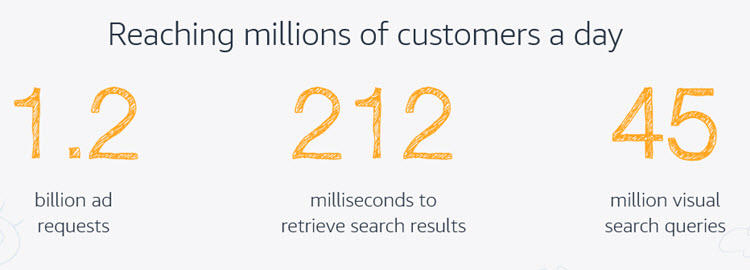
While people perform all kinds of different searches on Google, many of which are informational searches, pretty much every Amazon search is transactional. That’s why its algorithm actually comes down to only a couple of things:
- Relevance
- Performance
If you optimize your Amazon product page for these two, crucial ranking factors, you’ll end up converting and selling more on the site.
Both relevance and performance can be broken down into additional sub-categories, so we’ll look at each one in more detail.
Relevance-Related Amazon Ranking Factors
Good news: You’re able to influence these ranking factors directly by the strategic use of relevant keywords in the following areas of your Amazon pages.
Your Product’s Title
Probably the most important element of Amazon SEO, as far as relevance is concerned, is the product-title ranking factor. You’ll want to put the most relevant keywords for your product in the title.
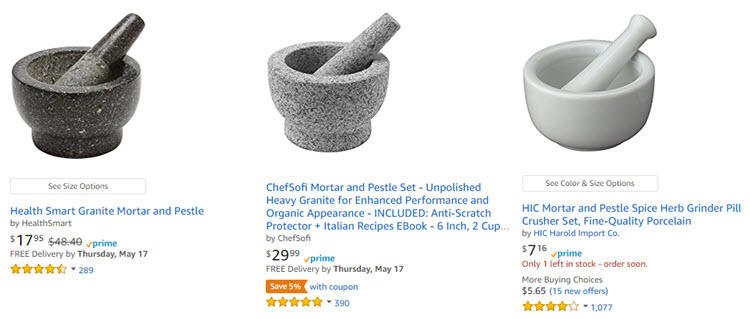
The top 3 Amazon results for “mortar and pestle” all have those words in the product name
Here are some tips to optimize your Amazon product name:
- Include your brand name
- Include a clear description of what your product does
- Mention a specific ingredient or essential material
- Specify the color of your product
- Clarify the size of your product
- Make a mention of the quantity of your product (if applicable)
As in the world of white hat SEO, avoid keyword stuffing in your title, as that will harm your search rankings on Amazon. If you keyword-stuff, you run the risk of composing a title that doesn’t read naturally, which can look spammy and have a negative impact on your click-through rate.
Your Seller Name
Consider the impact of your seller name on your relevance as a ranking factor. Some marketers have observed that they can get specific products to rank higher in Amazon’s organic search results if they include the main keywords for the product within the seller name.
Let’s look at an example. If you search Amazon for “American flag ties for men,” the first result comes from a seller called “Man of Men.” The word “men” in the seller name could very well be helping them out with that ranking. (If you remove “for men” from the search query, you get different results.)
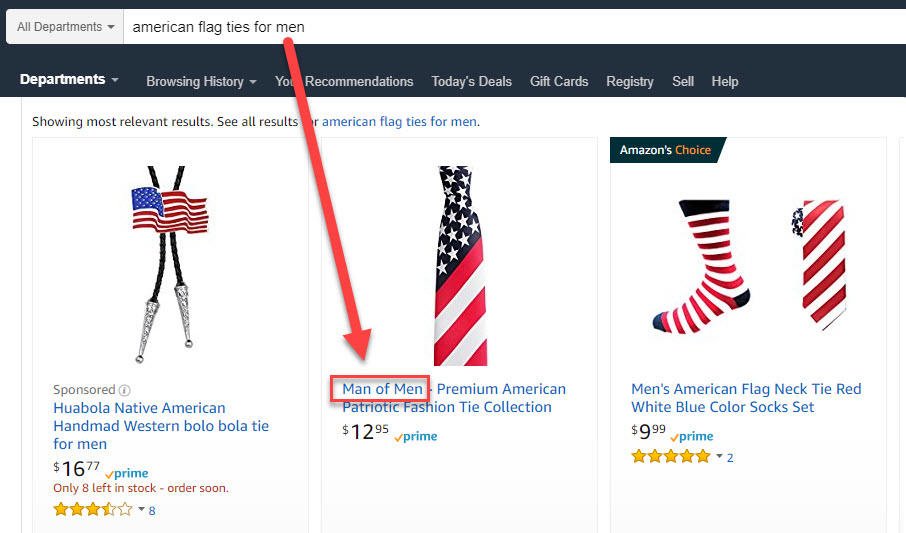
So pay attention to your seller name to eke out more gains in Amazon’s SERPs.
Your Amazon Backend Keywords
Backend keywords are essentially “hidden” keywords that will only be used in your Amazon Seller Account’s backend section. Their function is to tell Amazon’s algorithm that a specific product listing is targeting a specific keyword on the site.
If you’re looking for an analogy to search engine SEO here, think of these backend keywords like the meta tags that tell Google what your webpage is about, which helps the search engine figure out when to show the page to people searching for specific information.
There are five fields sellers can fill out with their backend keywords. Each line has a 50-character limit. If you go over the limit, your backend keyword won’t be indexed by the site.
Here are five rules to keep in mind to successfully fill out your Amazon backend keyword fields:
- Don’t repeat any words
- Avoid quotation marks since they’ll limit your overall character count
- Don’t include too many variations of the same word
- Commas are ignored
- Include variations in spelling or synonyms
Your Brand Field
A product’s brand field always shows up on the product page (right above the title or headline) and links to various search results for additional products from the same brand. As you list your products, be meticulous about spelling your brand name exactly right.
Typical user behavior on Amazon is for shoppers to search for a product based on its brand name, which is why it’s vital to always include an accurate name.
If your product has various brand names that you could conceivably use, get some help from a keyword tool to help you determine which variation is the most searched for brand name and use that.
Your Product Description and Bullet Points
These go hand-in-hand. Both tell your customers more about your product, so this is your chance to be very detailed, as well as persuasive. Of course, you’ll need to include your most important keywords here, too.
For the description, work hard to make the copy readable, natural and convincing from a pure sales standpoint. Follow ecommerce landing page best practices. This will resonate with potential buyers beyond the SEO power you’ll get from including your keywords.

As for the bullet points, the same applies. Bullet points are easy and quick to read because they’re scannable, so your customers are going to look at this area with priority. Tell your customers about the benefits of your product (not just the features) and include crucial information like ingredients or dimensions. Work your relevant keywords into these bullet points in a natural way, so as to add value to each tidbit of information about your product. Check out your competition and make sure they’re not including more thorough information than you.
Performance-Related Amazon Ranking Factors
Performance factors are a bit harder to directly exert control over because additional considerations beyond keywords come into play. Still, it’s vital that you have an understanding of these, too, for optimized Amazon SEO.
Your Product’s Price
It goes without saying (at least it should) that how much you charge for your product significantly impacts your Amazon conversion rate and how many units you move on the site. If your price on Amazon is competitive compared to other sites selling your product or products similar to yours, then your conversion rate should be positively affected.
One aspect of this that’s sometimes overlooked is how your price compares to similar products in the same category on Amazon.
If many products in the same category are selling for less than yours, then two things likely will happen:
- You won’t sell as many as those similar products
- Amazon’s algorithm will prejudge that your product likely won’t sell as many as the others
Long story short: In either case, you’ll suffer with a lower Amazon search ranking if you charge too much relative to similar products, so don’t price yourself out of the Amazon market. Carefully compare what your competitors on the site and other sites are doing, and set your price accordingly and competitively.
If your price is higher, there should be a very clear reason why (such as more and better reviews).
Your Amazon Conversion Rate
Intimately linked with price, your product’s conversion rate is another highly significant performance factor in your search ranking. Unfortunately, it’s going to be challenging to learn how your conversion rate compares with much certainty, as you don’t really have access to Amazon’s analytics in the same way you would with analytics on your own ecommerce site.
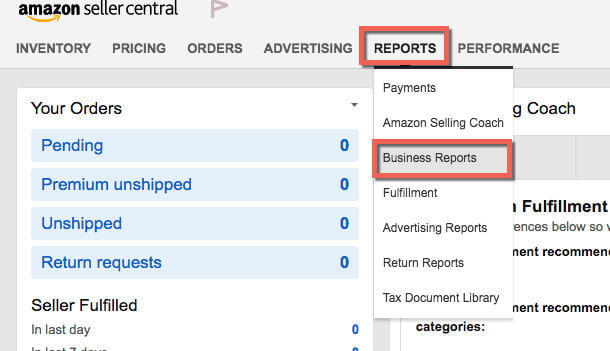
The best you can do for conversion data is to check Seller Central’s Detail Sales Page and Traffic under Business Reports and Reports. Here, you’ll want to look at the Unit Session Percentage, which is essentially the number of units that are bought per visit. It’s the closest you’ll get to a pure conversion rate for your product page.
If the conversion rate is unspectacular and you believe your product should do better, then it’s time to revisit some of the aforementioned relevance factors to see if you can appear higher in Amazon searches and/or persuade more people to buy with better product page copy.
Your Product Images
Products that feature high-quality images consistently have a higher conversion rate, studies show. The same principle applies to your Amazon product page.
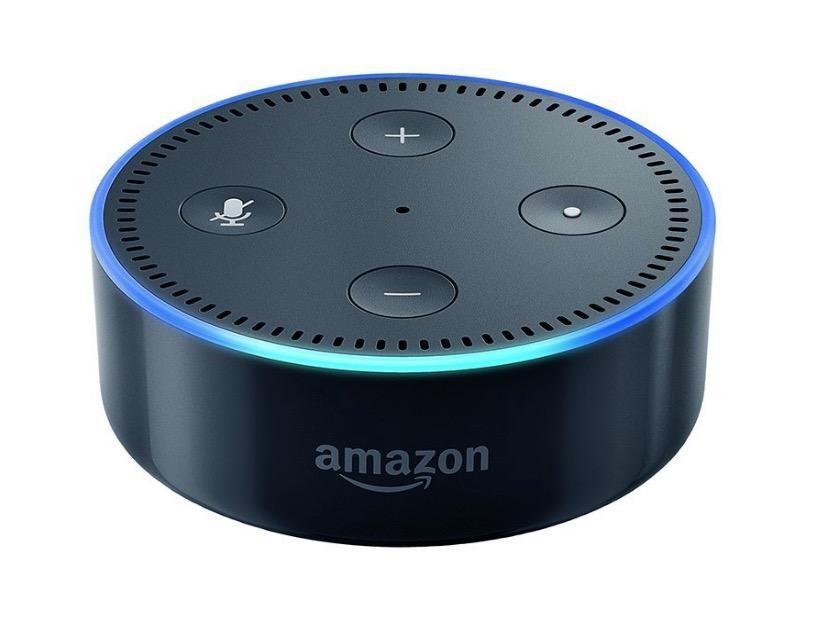
Amazon itself recommends bigger images in its Seller Central Product Image Guidelines, writing:
“Images should be 1,000 pixels or larger in either height or width. This minimum size requirement enables the zoom function on the website. Zoom has been proven to enhance sales. The smallest your file can be is 500 pixels on its longest side.”
Include high-quality images that follow these guidelines, and help ensure that your product listings aren’t relegated to the end of the search results, which makes conversion rates suffer. And when your conversion rates increase due to these optimizations, your Amazon search-results rankings should do better.
Your Amazon Reviews
It’s safe to say that online reviews—which 85% of customers trust as much as personal recommendations—are another performance-related factor that figures into Amazon’s algorithm. Notice the correlation in Amazon’s search results and products with many reviews. The products that rank at the top for a broader keyword generally have more reviews, and higher reviews, than those lower down on the list.

From this, we can conclude that having more reviews has an impact on click-through rates and can lead to more sales, which in turn has an impact on overall product ranking on the site. Of course, Amazon has in recent times cracked down on fake reviews to ensure better integrity, so don’t try to cheat the algorithm.
If you’d like to get more of your customers to leave reviews on your Amazon product page, simply send them follow-up reminder emails after a purchase, asking them to leave a review for what they just bought from you.
If your Amazon reviews are negative, take a look at what people are complaining about and work to address the problems with your product. Here are some more tips on getting more and better Amazon reviews.
Be the first to review “Buy Amazon SEO Services, Amazon SEO, SEO of Amazon, Seller SEO, Amazon Search Engine, Amazon a9, amz SEO”
You must be logged in to post a review.
Related products
Amazon SEO
Buy Amazon PPC, Amazon sponsored products, Amazon sponsored ads, Amazon campaigns Services

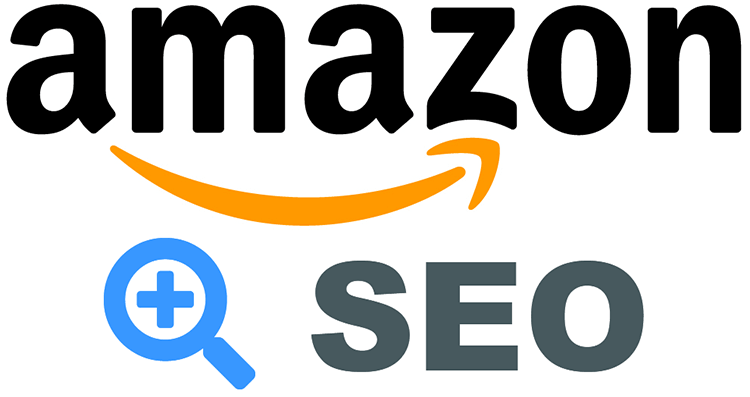

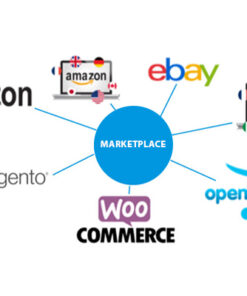
Reviews
There are no reviews yet.